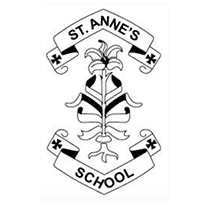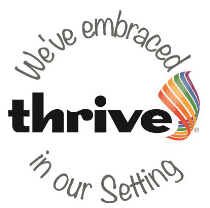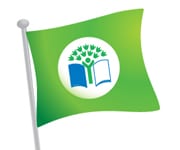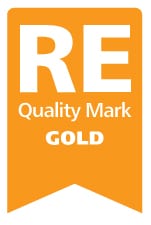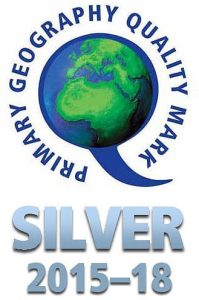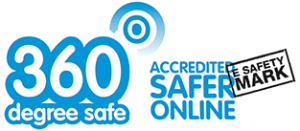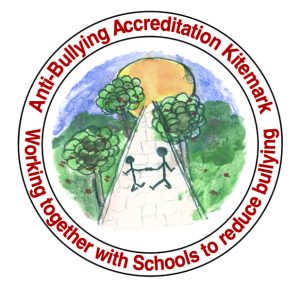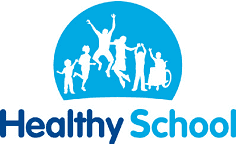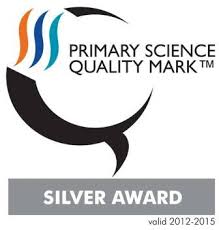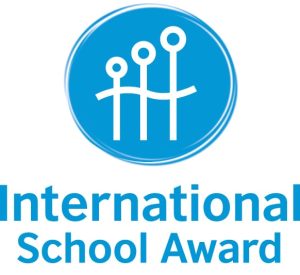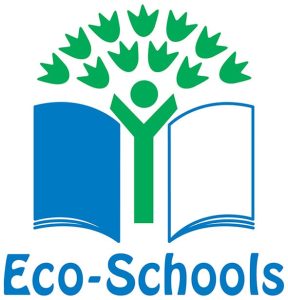Maths Curriculum Intent
Addition and Subtraction Calculation Policy
Multiplication and Division Calculation Policy
Our aim at St. Anne’s is to give the pupils a love of mathematics. We do this by providing the children with a fun and engaging curriculum starting at EYFS and extending through to year 6 where they carry out hands- on activities that enable them to master the maths curriculum. We aim to ensure that by the time the children leave they are confident mathematicians, who are secondary- ready and equipped to apply the mathematics that they have learnt, to real life situations – as they have not just learnt concepts but have embedded them securely and consistently across the school to a deeper level of understanding. The maths curriculum is coherently planned and sequenced with a mastery approach in mind. Small sequential steps allow the fundamental skills to be fully embedded before moving on to more in-depth features of mathematics using a bespoke curriculum adapted for our children from White Rose scheme of work. Across all parts of the school lessons contribute well to covering the curriculum content. All our learners are encouraged and supported to use concrete, pictorial and abstract representations to help build procedural and conceptual knowledge.
The maths curriculum incorporates the teaching of mathematical vocabulary which is interwoven through it and underpins new concepts, in order to attempt to overcome the language barriers that can hinder progress. It is our intention to ensure that by the end of our children’s primary education, they have acquired a full understanding of the maths curriculum and are confident with these skills to take them on into the real world in their future aspirations.
A range of resources is used including the White Rose scheme of work to plan bespoke ambitious lessons for the specific year groups using a concrete, pictorial and abstract approach. The teaching of vocabulary is fundamental to this and is taught explicitly, ensuring it is linked to the topic specifically taught within the sessions and displayed on working walls. We ensure that teachers are ambitious for all children including SEND and disadvantaged pupils and ensure that all children are provided with appropriate challenge to further their learning. The curriculum is coherently planned and is objective-led ensuring that all children go through the process of fluency, reasoning and problem solving. AFL is key to this and pre- and post-learning assessment points are used to chart progress throughout objectives. Split provision is used within lessons to engage all children at their own level.
We ensure that the children are aspirational and provide them with opportunities to see maths in action. We have formed links with external agencies to support children with maths topics with links to maths in the real world and to provide challenge to more able learners.
We believe the learning of maths provides a valuable educational, social and cultural experience for the pupils at St. Anne’s
Purpose of study
Mathematics is a creative and highly inter-connected discipline that has been developed over centuries, providing the solution to some of history’s most intriguing problems. It is essential to everyday life, critical to science, technology and engineering, and necessary for financial literacy and most forms of employment. A high-quality mathematics education therefore provides a foundation for understanding the world, the ability to reason mathematically, an appreciation of the beauty and power of mathematics, and a sense of enjoyment and curiosity about the subject.
Aims
- Become fluent in the fundamentals of mathematics, including through varied and frequent practice with increasingly complex problems over time, so that pupils develop conceptual understanding and the ability to recall and apply knowledge rapidly and accurately.
- Reason mathematically by following a line of enquiry, conjecturing relationships and generalisations, and developing an argument, justification or proof using mathematical language
- Can solve problems by applying their mathematics to a variety of routine and nonroutine problems with increasing sophistication, including breaking down problems into a series of simpler steps and persevering in seeking solutions.
Mathematics is an interconnected subject in which pupils need to be able to move fluently between representations of mathematical ideas. The programmes of study are, by necessity, organised into apparently distinct domains, but pupils should make rich connections across mathematical ideas to develop fluency, mathematical reasoning and competence in solving increasingly sophisticated problems. They should also apply their mathematical knowledge to science and other subjects.
The expectation is that the majority of pupils will move through the programmes of study at broadly the same pace. However, decisions about when to progress should always be based on the security of pupils’ understanding and their readiness to progress to the next stage. Pupils who grasp concepts rapidly should be challenged through being offered rich and sophisticated problems before any acceleration through new content. Those who are not sufficiently fluent with earlier material should consolidate their understanding, including through additional practice, before moving on.
Attainment targets
Key Stage 1
The principal focus of mathematics teaching in key stage 1 is to ensure that pupils develop confidence and mental fluency with whole numbers, counting and place value. This should involve working with numerals, words and the four operations, including with practical resources [for example, concrete objects and measuring tools]. At this stage, pupils should develop their ability to recognise, describe, draw, compare and sort different shapes and use the related vocabulary.
Teaching should also involve using a range of measures to describe and compare different quantities such as length, mass, capacity/volume, time and money. By the end of year 2, pupils should know the number bonds to 20 and be precise in using and understanding place value. An emphasis on practice at this early stage will aid fluency. Pupils should read and spell mathematical vocabulary, at a level consistent with their increasing word reading and spelling knowledge at key stage 1.
Lower Key Stage 2
The principal focus of mathematics teaching in lower key stage 2 is to ensure that pupils become increasingly fluent with whole numbers and the four operations, including number facts and the concept of place value. This should ensure that pupils develop efficient written and mental methods and perform calculations accurately with increasingly large whole numbers.
At this stage, pupils should develop their ability to solve a range of problems, including with simple fractions and decimal place value. Teaching should also ensure that pupils draw with increasing accuracy and develop mathematical reasoning so they can analyse shapes and their properties, and confidently describe the relationships between them. It should ensure that they can use measuring instruments with accuracy and make connections between measure and number.
By the end of year 4, pupils should have memorised their multiplication tables up to and including the 12 multiplication table and show precision and fluency in their work. Pupils should read and spell mathematical vocabulary correctly and confidently, using their growing word reading knowledge and their knowledge of spelling.
Upper Key Stage 2
The principal focus of mathematics teaching in upper key stage 2 is to ensure that pupils extend their understanding of the number system and place value to include larger integers. This should develop the connections that pupils make between multiplication and division with fractions, decimals, percentages and ratio.
At this stage, pupils should develop their ability to solve a wider range of problems, including increasingly complex properties of numbers and arithmetic, and problems demanding efficient written and mental methods of calculation.
With this foundation in arithmetic, pupils are introduced to the language of algebra as a means for solving a variety of problems. Teaching in geometry and measures should consolidate and extend knowledge developed in number. Teaching should also ensure that pupils classify shapes with increasingly complex geometric properties and that they learn the vocabulary they need to describe them.
By the end of year 6, pupils should be fluent in written methods for all four operations, including long multiplication and division, and in working with fractions, decimals and percentages. Pupils should read, spell and pronounce mathematical vocabulary correctly.
